Guidance
BibliographyThe C.H.I.L.D. Protocol™ bibliography is a diverse array of valued works by prominent authors and researchers in child development and developmental assessment. The comprehensive list includes a wide range of books, articles, theses, and research papers. Notable works featured in this section cover a diverse array of topics such as developmental psychology, early childhood development and education, interventions for special needs children, and the latest research in pediatric neuropsychology. This compilation provides valuable insights and a wealth of knowledge to support parents, professionals, and anyone interested in the well-being and development of young children.

"The Measurement of Intelligence"
, 1905.Alfred Binet (1857-1911), a French psychologist, is best known for developing the first intelligence test, the Binet-Simon scale, which laid the foundation for modern intelligence testing.
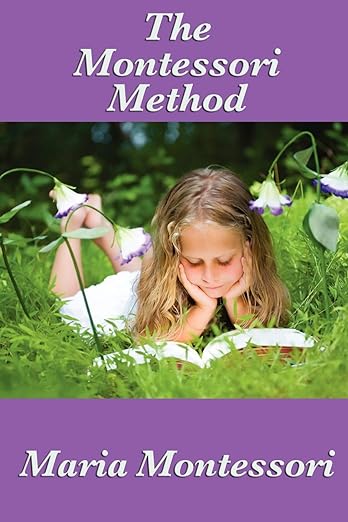
"The Montessori Method"
, 1912.Maria Montessori (1870-1952), an Italian physician and educator, is renowned for her innovative approach to child development and early childhood education, emphasizing self-directed learning and individualized instruction.
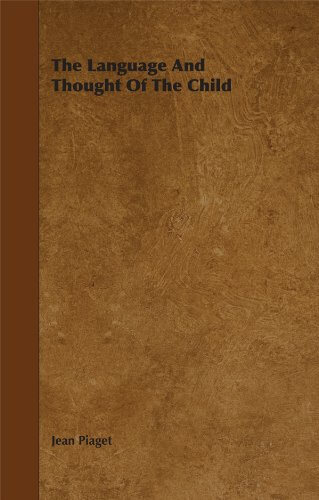
"The Language and Thought of the Child"
, 1923.Jean Piaget (1896-1980), a Swiss psychologist, is known for his groundbreaking work on cognitive development in children. He introduced the stages of cognitive development, such as the sensorimotor and concrete operational stages.
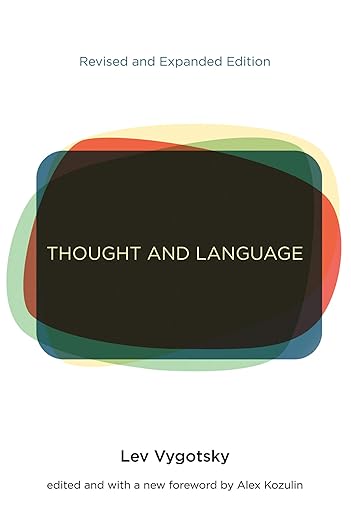
"Thought and Language"
, 1934.Lev Vygotsky (1896-1934), a Russian psychologist, is famous for his sociocultural theory of development, which emphasizes the role of social interaction and cultural context in shaping a child's cognitive development.
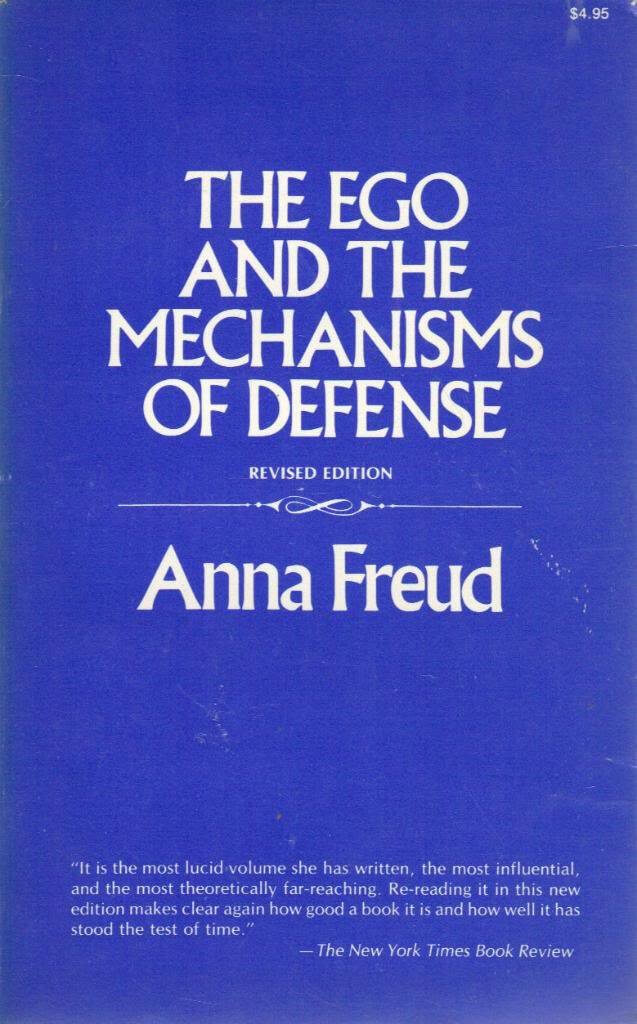
"The Ego and the Mechanisms of Defense"
, 1936.Anna Freud, an Austrian psychoanalyst, made significant contributions to the field of child psychoanalysis and emphasized the importance of ego psychology in understanding child development.
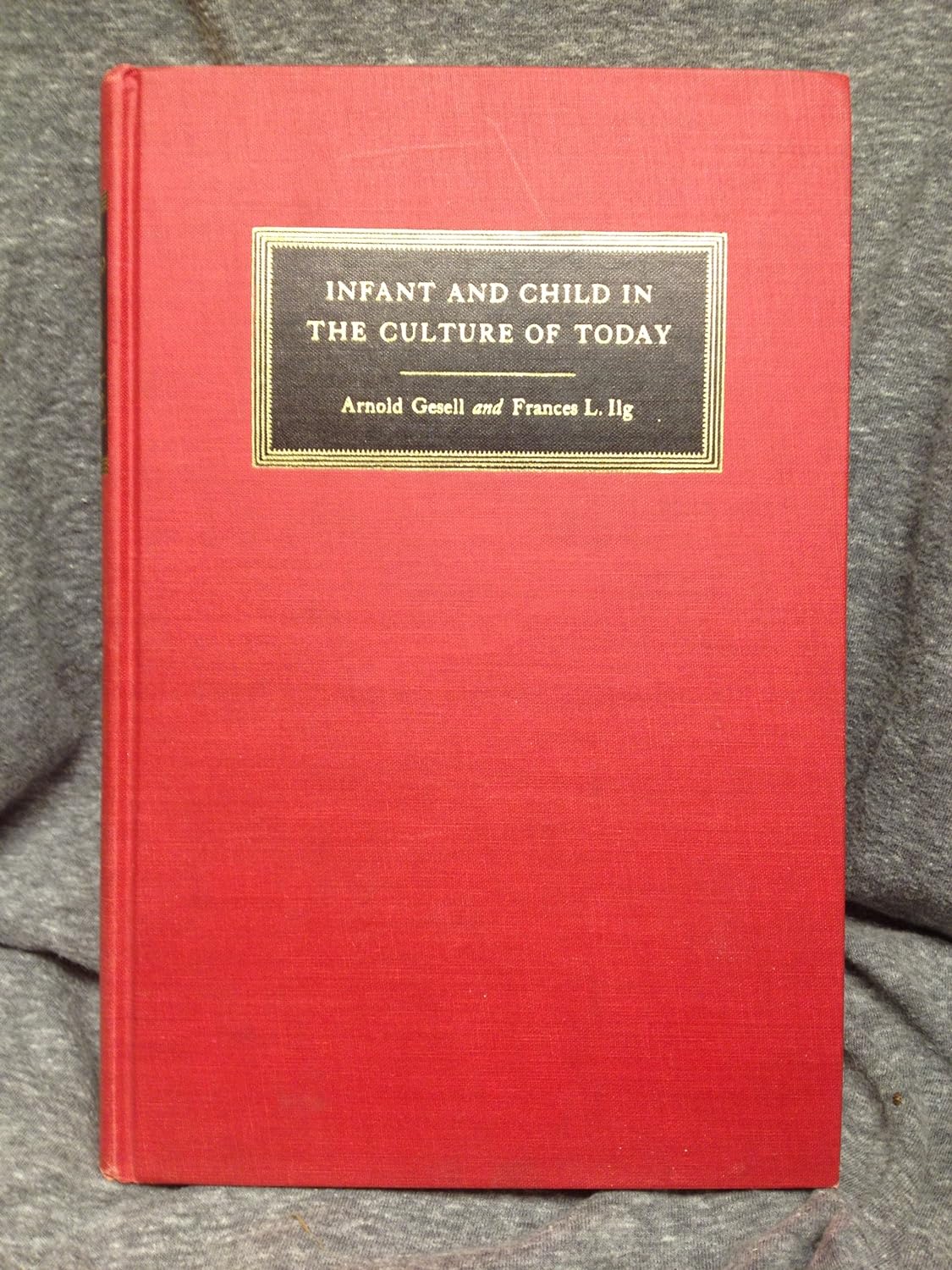
"Infant and Child in the Culture of Today"
, 1943.Arnold Gesell, an American psychologist, pioneered the field of developmental psychology and conducted extensive research on the physical and motor development of children.
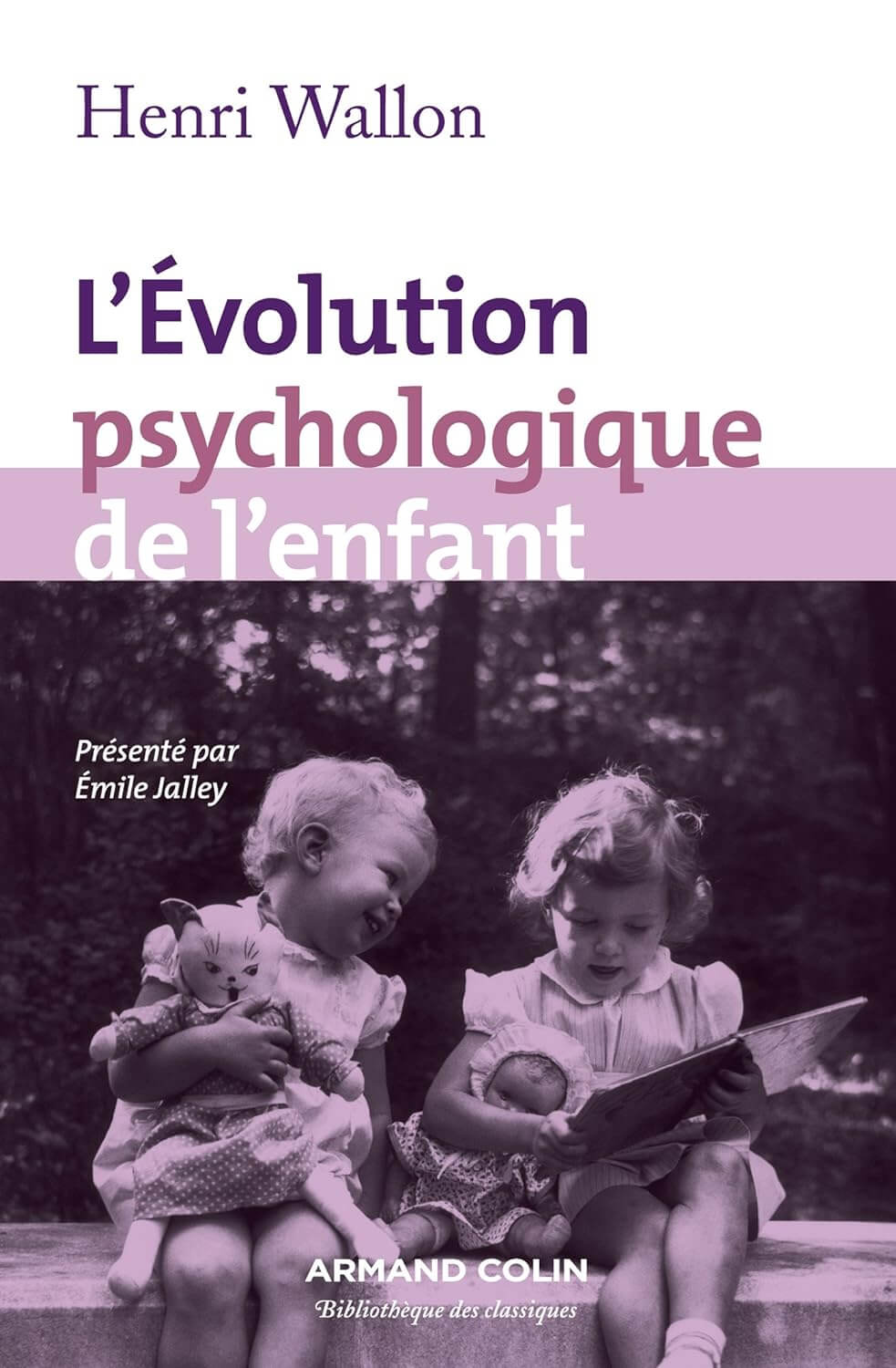
"L’Évolution Psychologique de l’Enfant"
, 1949.Henri Wallon was a French psychologist and philosopher who made significant contributions to the study of child development. He proposed a theory of child development that focused on the role of emotions and motor development.

"Childhood and Society"
, 1950.Erik Erikson, a German-American psychologist, is well-known for his theory of psychosocial development. He emphasized the impact of social and cultural factors on an individual's development across the lifespan.
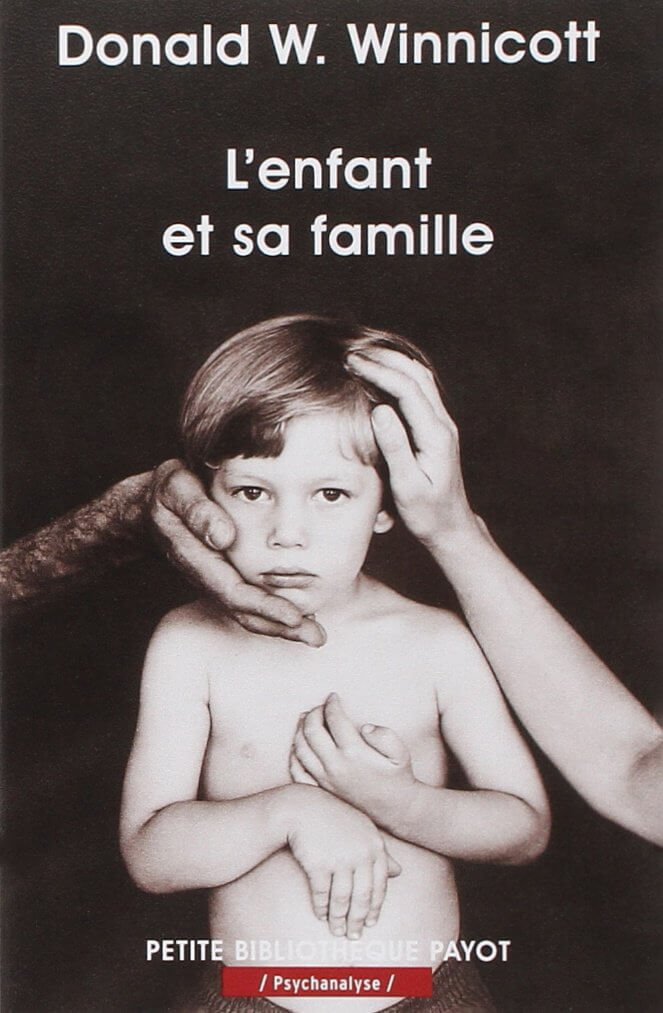
"L’Enfant et sa Famille"
, 1954.Julian de Ajuriaguerra was a French-Spanish neuropsychiatrist known for his work on child development and family dynamics. He emphasized the importance of understanding the family context in child development.
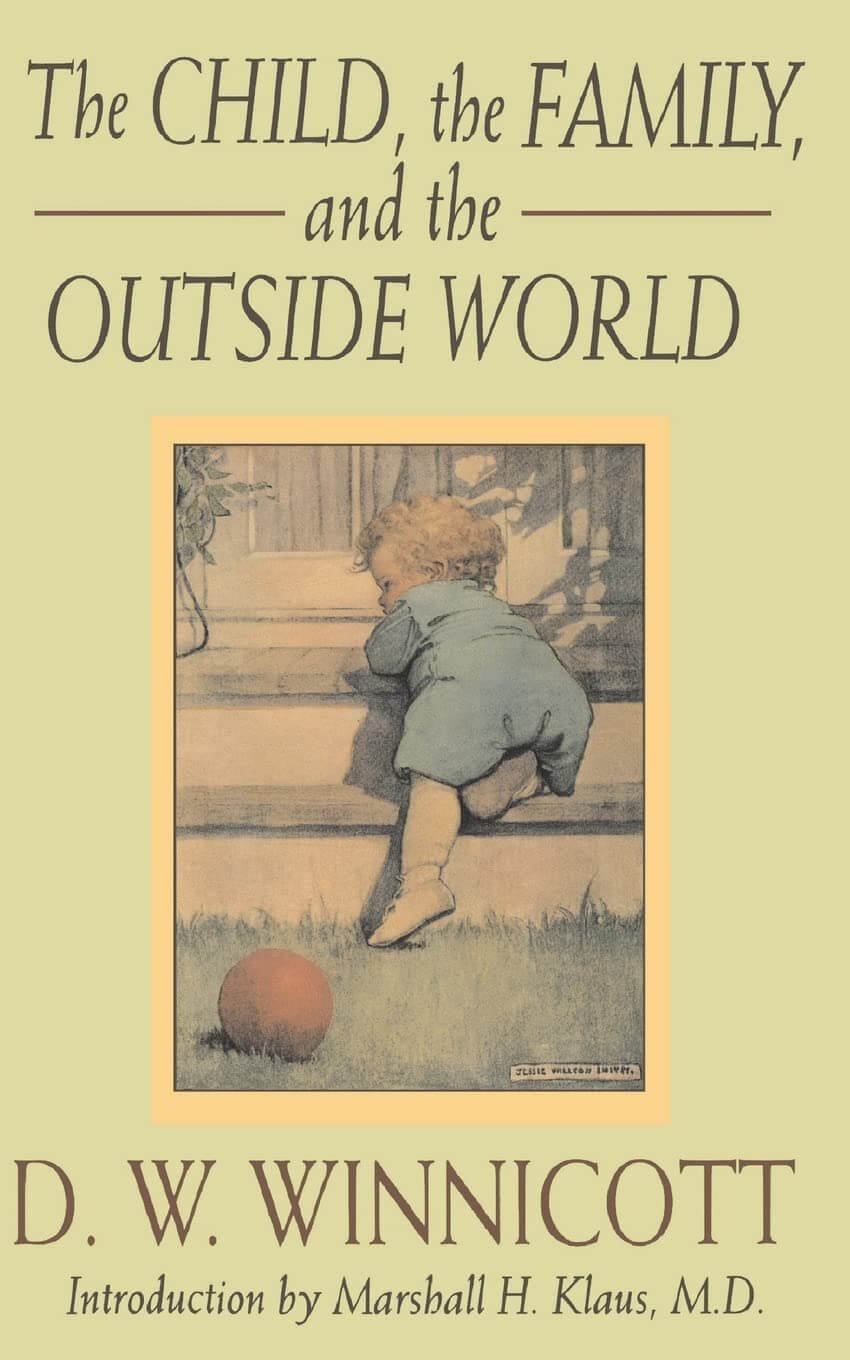
"The Child, the Family, and the Outside World"
, 1957.Donald Winnicott, a British psychoanalyst, is renowned for his work on object relations theory and the concept of the "good enough mother" in the context of child development.
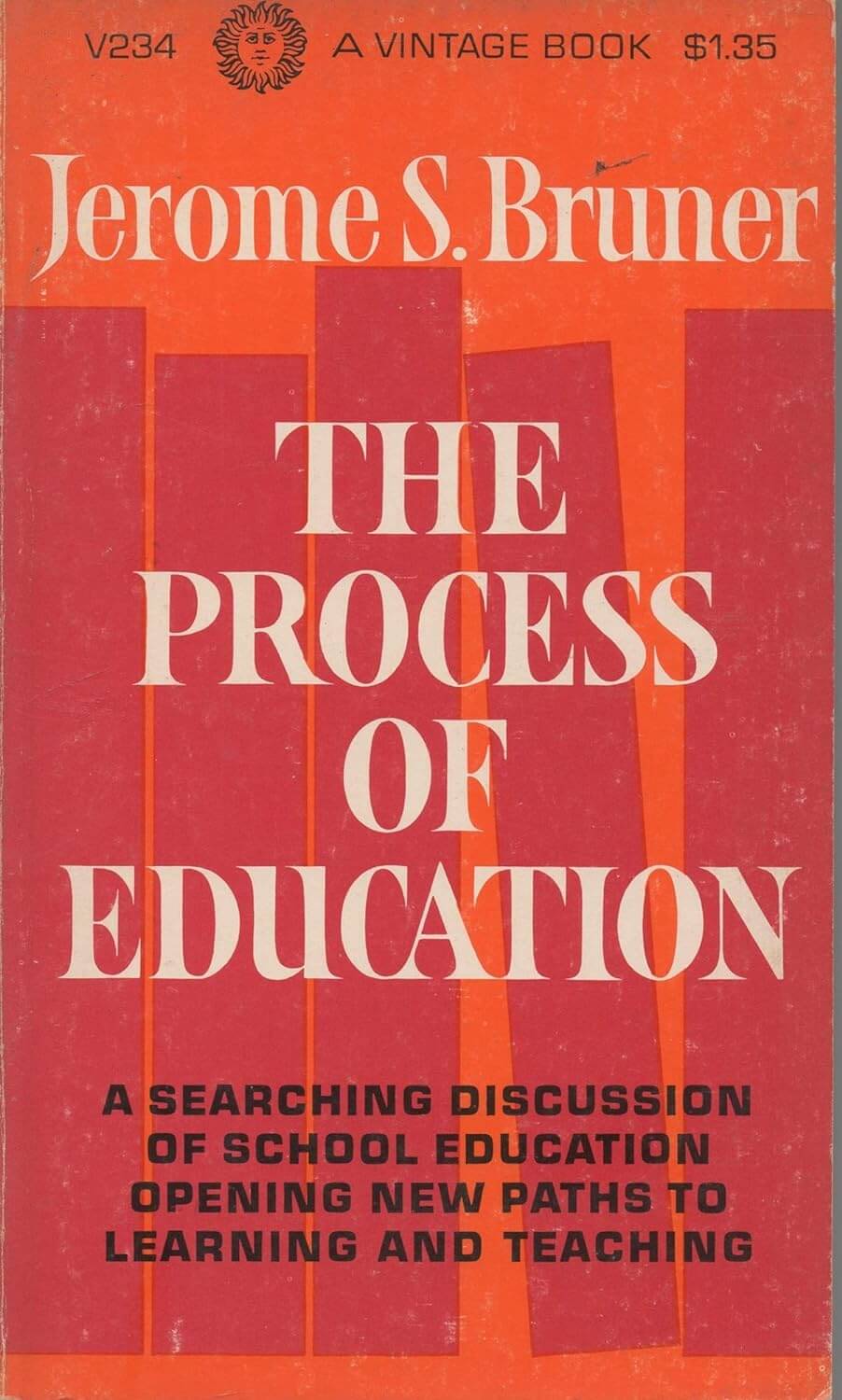
"The Process of Education"
, 1960.Jerome Bruner, an American psychologist, promoted the concept of scaffolding and the importance of active learning through exploration and discovery in child development.
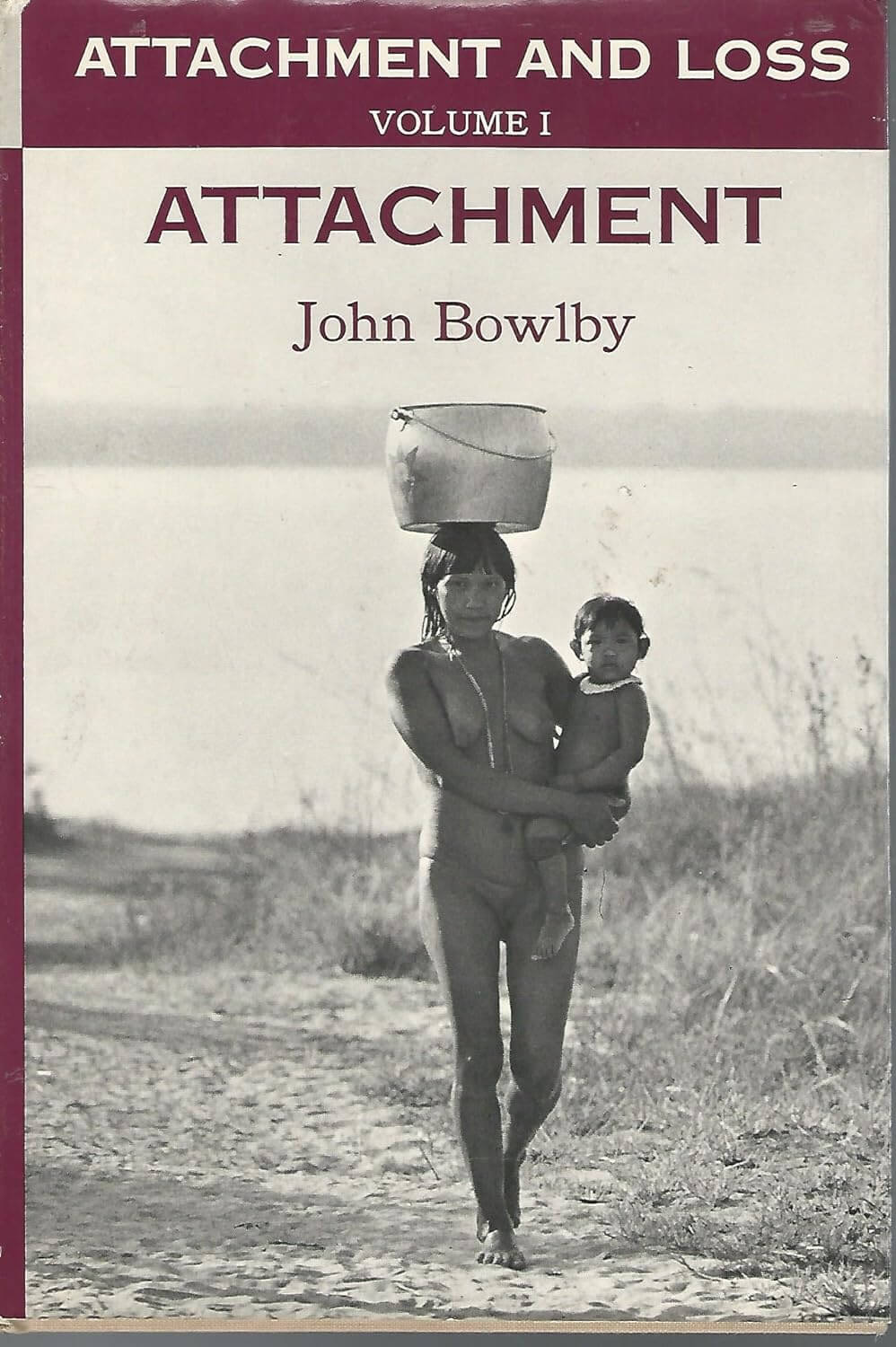
"Attachment and Loss"
, 1969.John Bowlby (1907-1990), a British psychologist, is well-known for his work on attachment theory, emphasizing the importance of secure attachments between children and their caregivers for healthy emotional development.
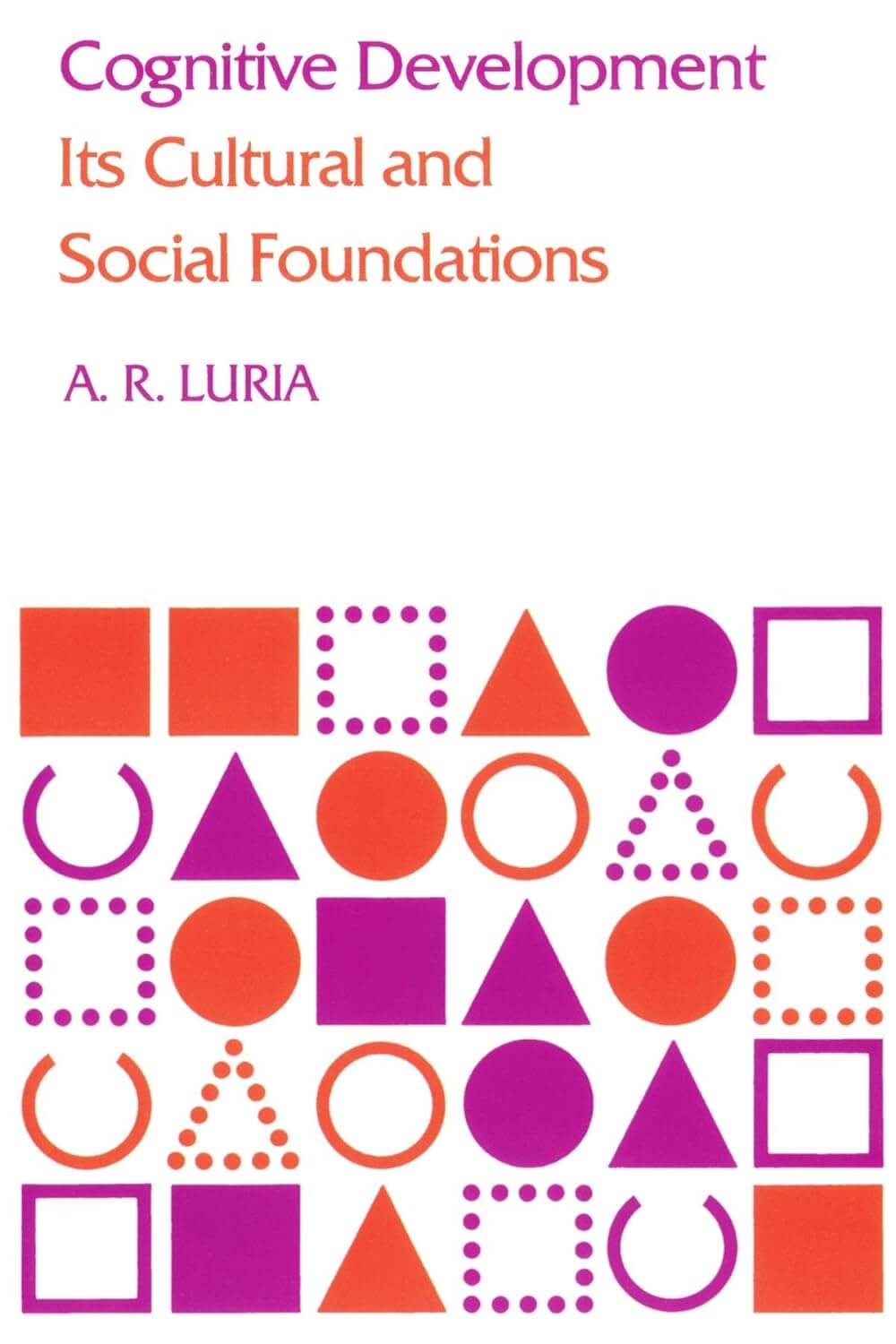
"Cognitive Development: Its Cultural and Social Foundations"
, 1976.Alexander Luria (1902-1977), a Soviet neuropsychologist, is known for his work on cultural-historical psychology and the role of culture in shaping cognitive development.
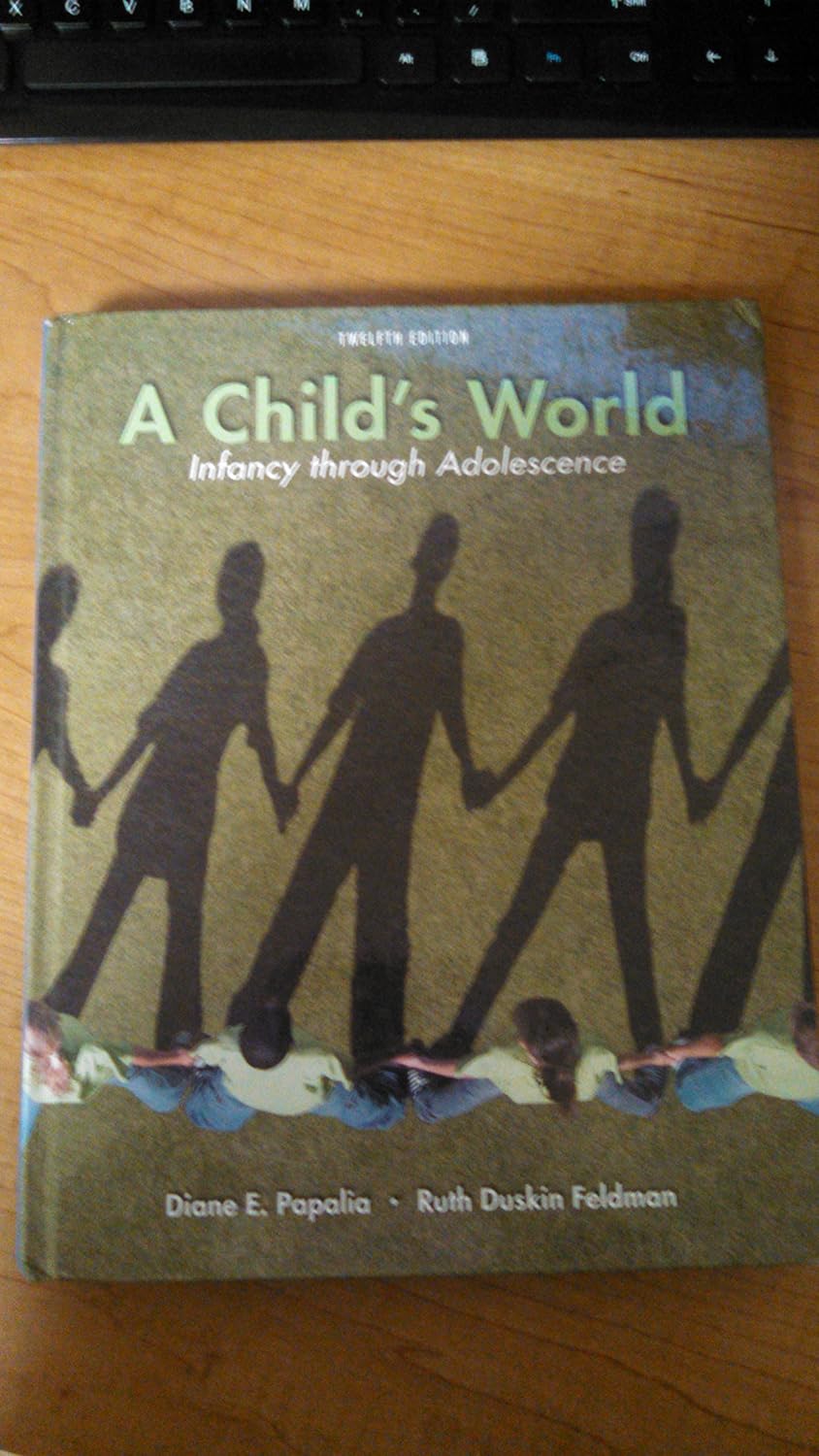
"A Child’s World"
Infancy through Adolescence, 1980.Diane Papalia is an American psychologist and author who has co-authored widely used textbooks on child development. Her books provide valuable insights into the physical, cognitive, and social development of children and adolescents.

"Developmental Neuropsychology"
, 1992.Andre De Meur is a Belgian neuropsychologist who has contributed to the field of developmental neuropsychology, particularly focusing on the assessment and treatment of children with neurological disorders.
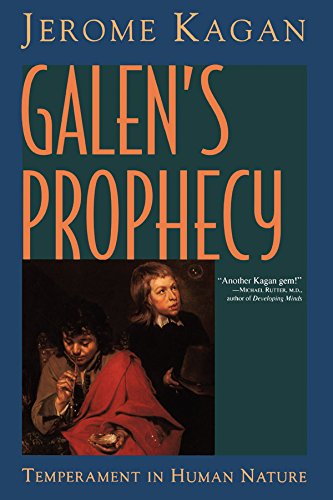
"Galen’s Prophecy: Temperament in Human Nature"
, 1994.Jerome Kagan (born 1929), an American psychologist, is known for his research on temperament and the impact of biology and environment on a child's emotional development.

"Developmental Psychopathology"
, 2003.Patricia Lefevre (born 1953), is a French developmental psychologist known for her work in developmental psychopathology, exploring the origins and treatment of psychological disorders in children.

"Developmental Psychobiology: An Interdisciplinary Science"
, 2004.Angelo Machado is a Brazilian psychologist and neuroscientist known for his interdisciplinary work on the biology of behavior and developmental psychobiology.
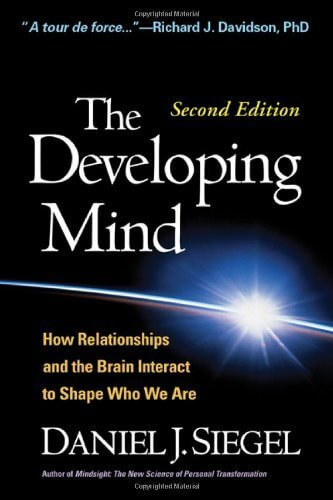
"The Developing Mind, Second Edition"
How Relationships and the Brain Interact to Shape Who We Are, 2015.Daniel Siegel (1957- ) is an American neuropsychiatrist and author who integrates findings from neuroscience and psychology to explore the role of interpersonal relationships and the brain in child development. He emphasizes the importance of "mindsight" in fostering healthy development.

"The Gardener and the Carpenter"
What the New Science of Child Development Tells Us About the Relationship Between Parents and Children, 2016.Alison Gopnik (1955- ) is an American developmental psychologist whose work focuses on child cognition and the development of theory of mind. She challenges conventional parenting approaches and promotes a "gardener" mindset in child rearing.